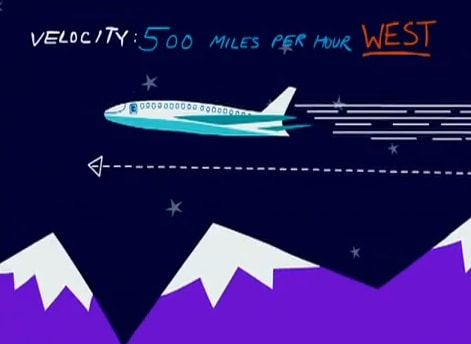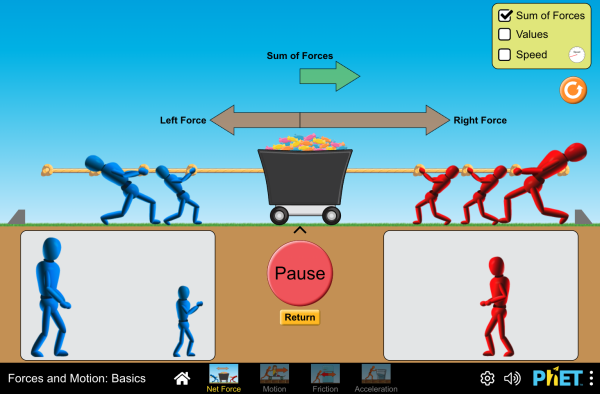UNIT 2: MOTION(7 DAYS)
Motion is one of the key topics in physics. Everything in the universe moves. It might only be a small amount of movement and very very slow, but movement does happen. Don't forget that even if you appear to be standing still, the Earth is moving around the Sun, and the Sun is moving around our galaxy. The movement never stops. Motion is one part of what physicists call mechanics. Over the years, scientists have discovered several rules or laws that explain motion and the causes of changes in motion. |
NC STANDARDS
PSc. 1.1.1: Explain Motion in terms of frame of reference, distance, and displacement
PSc. 1.1.2: Compare speed, velocity, acceleration and momentum using investigations, graphing, scalar quantities nd vector quantities.
PSc. 1.1.1: Explain Motion in terms of frame of reference, distance, and displacement
PSc. 1.1.2: Compare speed, velocity, acceleration and momentum using investigations, graphing, scalar quantities nd vector quantities.
ESSENTIAL QUESTIONS
1. How are speed, velocity, and acceleration related?
2. How are speed/velocity and acceleration calculated?
3. How can speed, velocity and acceleration be interpreted with the use of graphs?
1. How are speed, velocity, and acceleration related?
2. How are speed/velocity and acceleration calculated?
3. How can speed, velocity and acceleration be interpreted with the use of graphs?
|
DAY 1: DISTANCE VS DISPLACEMENT
|
| ||||||||||||||||||
DAY 2: SPEED VS VELOCITY
| distance_speed___velocity.pdf | |
| File Size: | 279 kb |
| File Type: | |
| speed_and_velocity_lab_.pdf | |
| File Size: | 115 kb |
| File Type: | |
|
DAY 3: ACCELERATION
|
|
|
DAY 4: MOTION PRACTICE PROBLEMS
| |||||||
|
DAY 5: GRAPHING MOTION
|
| ||||||||||||
DAY 6: REVIEW
| motion_review.docx | |
| File Size: | 163 kb |
| File Type: | docx |
DAY 7: UNIT TEST
LABS
SPEED & VELOCITY LAB

